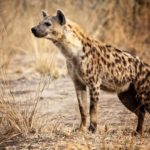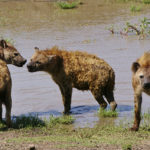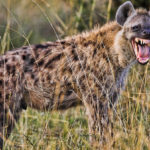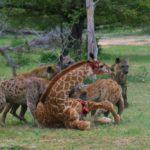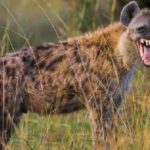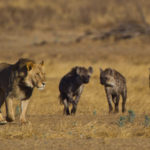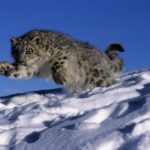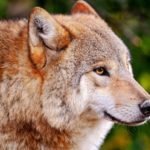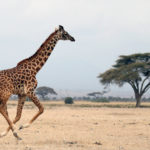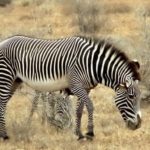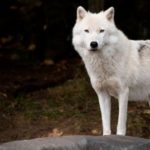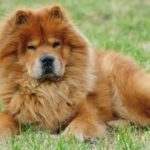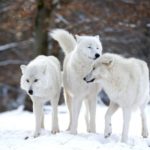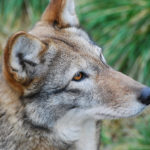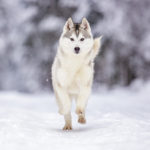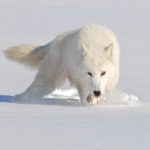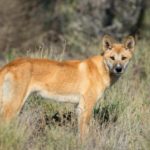Hyenas
 Hyenas are a small family of predatory animals, which includes 4 species: spotted, striped, brown hyena and earth wolf. Appearance and a way of life similar to dogs, hyenas are genetically closer to wiver.
Hyenas are a small family of predatory animals, which includes 4 species: spotted, striped, brown hyena and earth wolf. Appearance and a way of life similar to dogs, hyenas are genetically closer to wiver.
These animals are large in size: body length varies from 50 cm in small earth wolf to 1.5 m in spotted hyena, weight, respectively, from 10 to 80 kg. For all hyenas, a large head with a wide mouth and powerful jaws is characteristic. The extremities of the hyenas are of different length: the hind legs are much shorter than the forelegs, from which it seems that the hyena always crouches. Strong paws are armed with blunt claws. The tail is short, shaggy. The wool of all hyenas is coarse and long and only the spotted hyena is short.
Different species are colored differently: spotted hyena gray with brown spots, striped hyena of light gray color with dark muzzle and black transverse stripes on the trunk, brown hyena and earth wolf of monochromatic brown color. A unique feature of hyenas is that females have false genitals. Outwardly, animals of different sexes can only be distinguished in size – the females of hyenas are larger than males. Hence the old belief that the hyenas are hermaphrodites. An unpleasant addition is a specific smell, which in these animals is quite strong.
Spotted, brown hyena and earth wolf inhabit Africa, and the striped hyena in addition to the African continent is found in Malaya, Middle and South Asia. All species of hyenas prefer to settle in open landscapes – savannahs, steppes and semi-deserts. The brown hyena is found mainly on the coasts of the continent.
The earth wolf and striped hyena are single animals, and the brown and spotted hyenas form flocks of 5-15 and 10-100 individuals, respectively. Inside the pack there is a clear hierarchy: the animals are distributed according to their ranks, the subordinates are implicitly subordinate to their superiors. The change of rank in hyenas is rare and it can be said that the pack is divided into distinct “castes” whose representatives are forced to live an existence determined by the mother’s rank at their birth. In a flock of hyenas, males always have a lower status than females, an experimental female leads the flock. Hyenas have a complex communicative system that maintains a connection between the members of the pack.
Hyenas constantly communicate with each other through a variety of sounds. By the way, the voice of these animals is loud and unpleasant: it is a mixture of howl, laughter and roar. Members of the flock constantly mark the territory with urine in order to establish their status both inside the pack and in front of other species of animals. Hyenas are nocturnal animals preferring to hunt in the twilight, but spotted hyenas are often active during the day.
